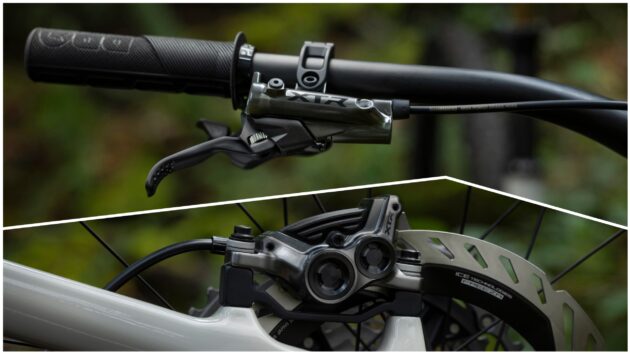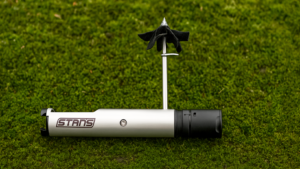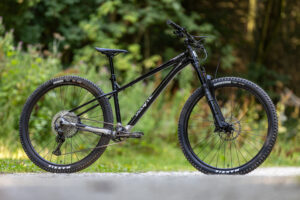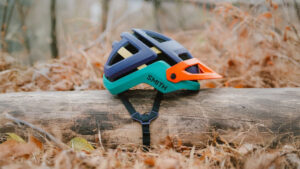Shimano's new XTR brake gets bigger pistons and pads, a new kind of low friction oil, and a redesigned lever body for better modulation
Shimano’s most expensive brakes were also their worst IMHO, but the new XTR has finally fixed that wandering bite point
I’ve had something of a love hate with Shimano brakes over the years, where I’m mostly hating on the top tier ones and loving the cheaper stuff. XTR and XT have been plagued by wandering bite point problems, in my experience, while cheaper Depre M6100s have just worked effortlessly… and with great power.
Well, Shimano recognises that wandering problem with XTR brakes, and it says that’s fixed now with this new M9220 version. There’s some heavy competition out there if you’re searching for the best mountain bike disc brakes, but after testing these for two days in Spain I think they might have squeaked home.

Shimano’s new XTR M9220 brake looks to have cleared up all the issues I had with its previous incarnation
For starters the lever action feels much more natural than it used to. The pivot and indeed the whole lever body sits closer to the bar and that stops the lever end moving inboard so much, and away from your finger. In fact I’d say it almost moves outboard now as it pivots, which let me pull on it much more consistently.
The lever also has an upsweep to it now, which again seems to cradle better in your finger. The effect it much more like squeezing the brakes rather than pulling on them, which definitely gives me more control and modulation.

The new XTR sits flush to the bar, while the lever has a much more natural arc to its stroke
Shimano has made this possible by switching the lever body piston to a pull stroke rather than a push action. There’s more space this way, it says, and the whole setup looks more snug and closer to the bar. Whether that interferes with other control placement on the bars if you’re not running XTR Di2 shifting isn’t clear yet. But that’s something I’ve found with the new SRAM Motive Ultimate brake, which can crowd out the ideal placement of things like an e-bike controller.
At the calliper end it’s a one-piece design rather than two clamshells bolted together, the latter something most brands do because it’s much simpler. It’s also heavier, which is why Shimano has avoided the solution.

The XTR calliper is a one piece design, which should make it stiffer and more powerful, and also more reliable over the years
It’s a four piston design just like the previous XTR version, but the pads are now wider, and have a bigger surface area. The pin holding the pads in place is now ovalised and smaller, which won’t sound very interesting until I tell you this cures the old rattly pad sound some XTRs experienced. I’m happy to report they’re now whisper quiet in this regard, after rattling bikes down some pretty rocky descents over three days in Spain.
Inside the brakes, Shimano has also switched to a lower viscosity old. In recent times it’s always used mineral oil for brakes but the new brew is reckoned to be less sticky and therefore more consistent colder weather. The new oil means new seals and pistons are also needed, and it also introduces a new standard, something bike shops and home mechanics might curse them for.
What hasn’t changed is the rotor, it’s still a two-piece design that Shimano says helps stop heat transfer from the discs to the calliper on long descents. It’s this heat transfer that causes brakes to fade.

Shimano XTRs proved powerful and well controlled when I tried them in Spain… the real test will be a full on UK winter of riding though
Performance
I’ve never had a problem with XTR brake power, and that’s as true on the new design as ever. They’ve got more than enough oomph to control even big heavy e-bikes, like the Cannodale Moterra, one of the bikes I rode while testing.
What’s changed is the ability to control that power, with the lever shape letting me squeeze it on rather than grabbing handfuls of the stuff. It’s a very subtle difference, but I’ve always struggled to properly modulate XTRs in the past. They’re still at the grabbier end of the braking world, but it’s not something I can’t handle now. And given the test circuit for these was a dusty Spanish mountain side with marbles on every corner, I don’t doubt Shimano has changed XTRs for the better.
And despite some long descents, over five minutes with lots of braking for switchback corners, I felt no fade whatsoever on a 23kg e-bike. The pads didn’t bounce and my hands weren’t unduly tired from having to grab the brakes overly hard either, the only sound a faint chirpy whistle from XTRs.
Problems? The bite point adjust doesn’t actually seem to do anything, and ideally I’d set it further out to reduce the grab just a smidge. They’re also heavier than the older XTRs, Shimano says, and while I’m not sure on weights yet I’d bet anything they’re more than Hope XCR two-piston brakes. Shimano does have a two-piston version for XC racing too by the way.
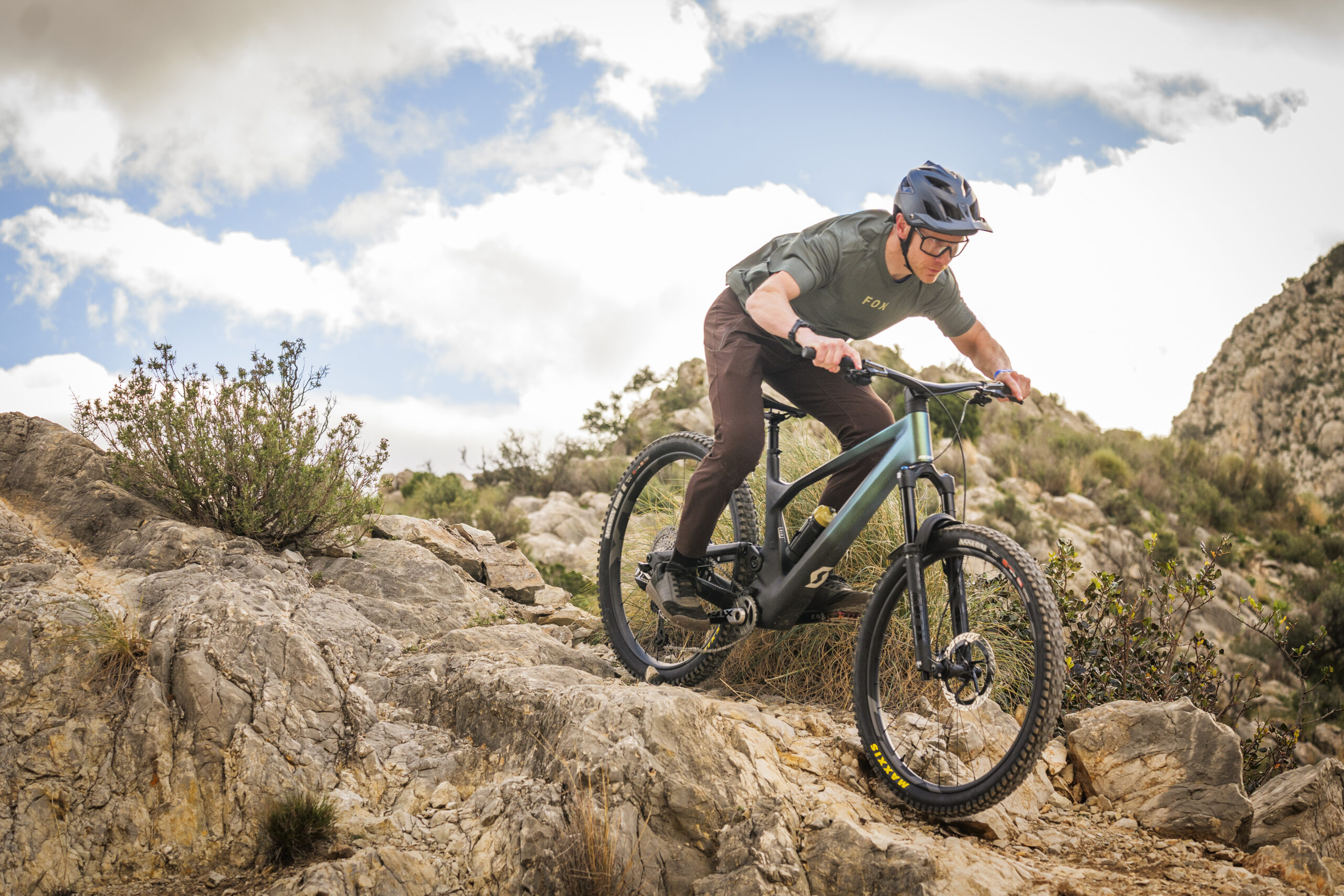
Old XTR brakes were something of a lottery, but the latest M9220 is powerful, controlled and consistent
Verdict
It’s pretty early days on the new XTRs, but they’ve blown me away with their sheer power, reliability, and now modulation too. There’s no appreciable fade, even over long descents, and thank god Shimano has managed to weed out the wandering bite point that spoilt the old stoppers for me. And while £250 an end isn’t cheap - see Shimano’s brilliant Deore offering for that - the XTRs are actually less money than the new SRAM Maven. What I don’t know yet is how they stack up over months of riding, and whether bleeding is easy or a pain in the behind.




